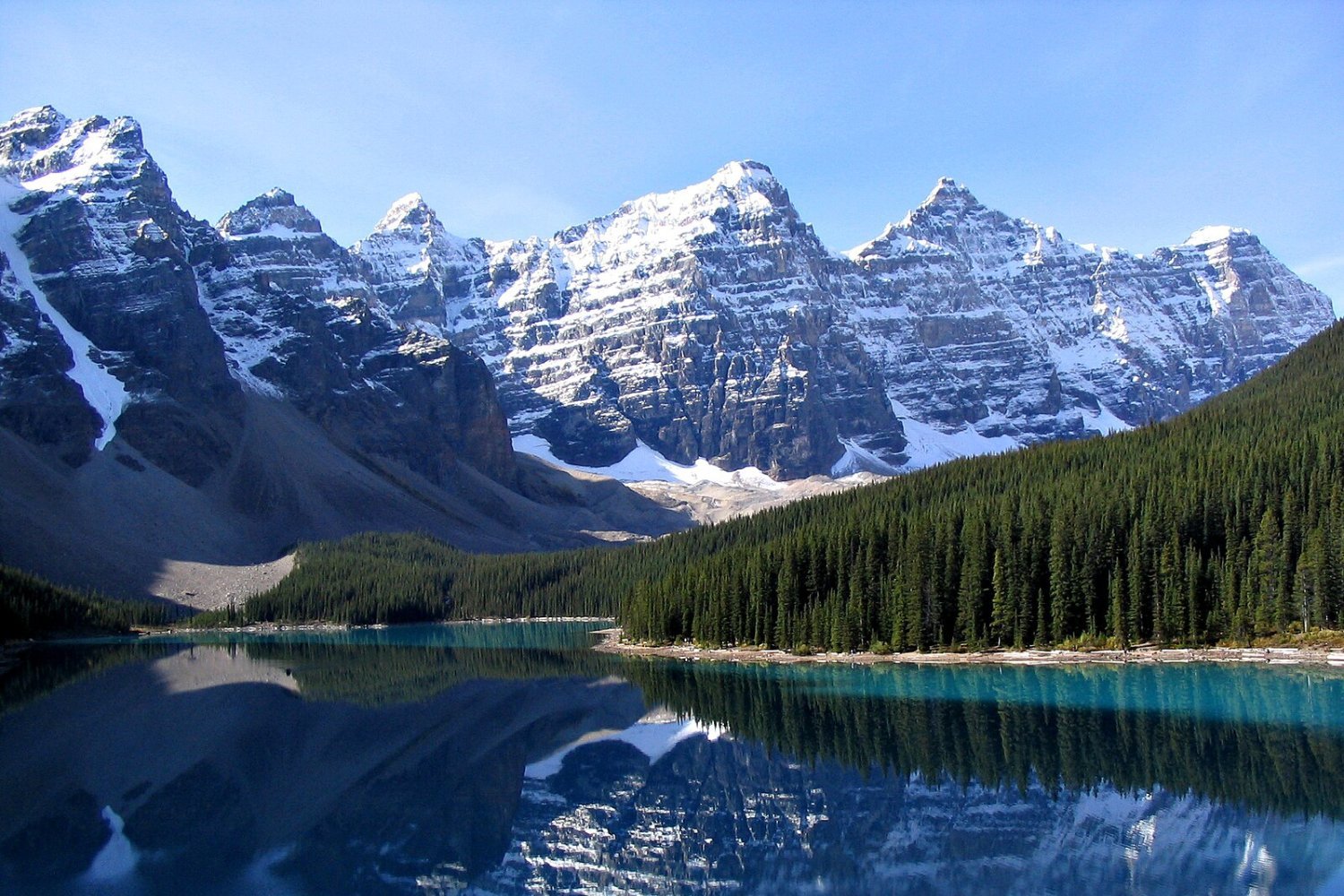Winter storms bring more than just snow to the Rocky Mountains, as they also deposit contaminants from mines, which eventually supply water to communities in the Western United States during the summer months. These contaminants are an unintended consequence of the storms that blanket the mountains with snow.
A recent study, published on March 26 in the journal Environmental Pollution, has shed light on the ecological impact of mining activities and the circulation of metal pollutants through environmental processes. The research was conducted by a team of scientists who investigated the levels of mercury, cadmium, zinc, and antimony in snow samples collected from across the Rocky Mountains.
The study was led by Monica Arienzo, a researcher at the Desert Research Institute’s Division of Hydrologic Sciences. Arienzo noted that metal pollution in the Rockies is a relatively understudied topic, and the team’s findings provide a unique perspective on the issue. “Other studies have focused on specific areas, but our study covers a wide range from Montana to New Mexico,” she said in a statement.
In the spring of 2018, the researchers collected snow samples from 48 locations and analyzed the concentration of metals in each sample. To determine the amount of metal contaminants originating from human activity, they compared the quantity of metal contaminants from natural dust (such as calcium) to the quantity of metals from both dust and human activity.
The analysis revealed higher concentrations of metal contaminants from human activity in the snow of the northern Rocky Mountains compared to the southern Rockies, including areas in Montana, Idaho, and Northern Wyoming. Although the levels are still within the U.S. Environmental Protection Agency’s safety guidelines for drinking water and aquatic life, the findings highlight the need for continued monitoring.
To validate their results, the researchers compared their findings to data from the National Atmospheric Deposition Program, which documents calcium and mercury levels in rain from 2009 to 2018. The comparison confirmed their initial conclusions.

Arienzo expressed surprise at the level of agreement between the different datasets. “The snow samples showed us that contamination is higher in the northern Rockies, which was interesting. Looking at mercury contamination over time helped us conclude that 2018 was not an anomaly. When you see consistent trends across different records, it gives you confidence that something significant is happening,” she said.
The researchers reconstructed the movement of snowstorms in 2018 and discovered that many of the storms in the northern Rockies originated from the Pacific Northwest, whereas those in the southern Rockies came from the Mojave Desert. As a result, they suggest that the higher levels of metal contaminants in the northern Rockies come from mines in the Pacific Northwest, Idaho, and Montana.
“Our hypothesis is that dust from current and historical mining sites is carried into the mountains by storms and deposited across our study sites,” Arienzo said. “This study highlights the importance of continued scientific monitoring efforts and mitigation of current and historical mining sites.”
Even in the pristine snow of the Rocky Mountains, human activity has left its mark.
Source Link





